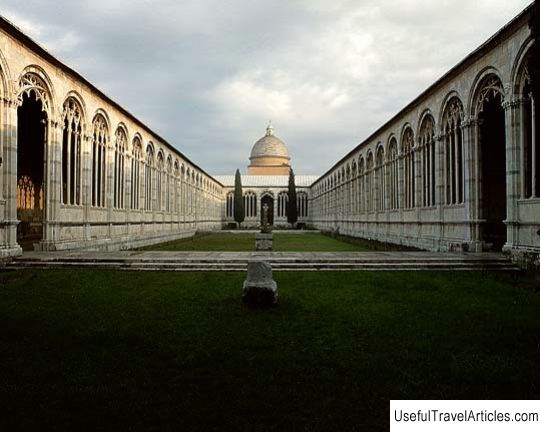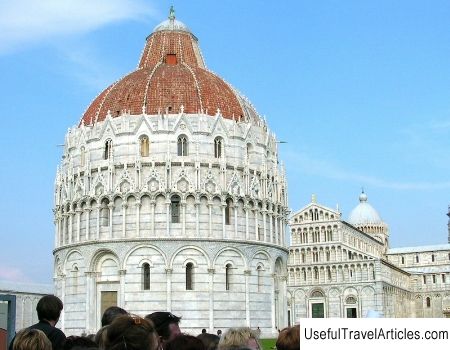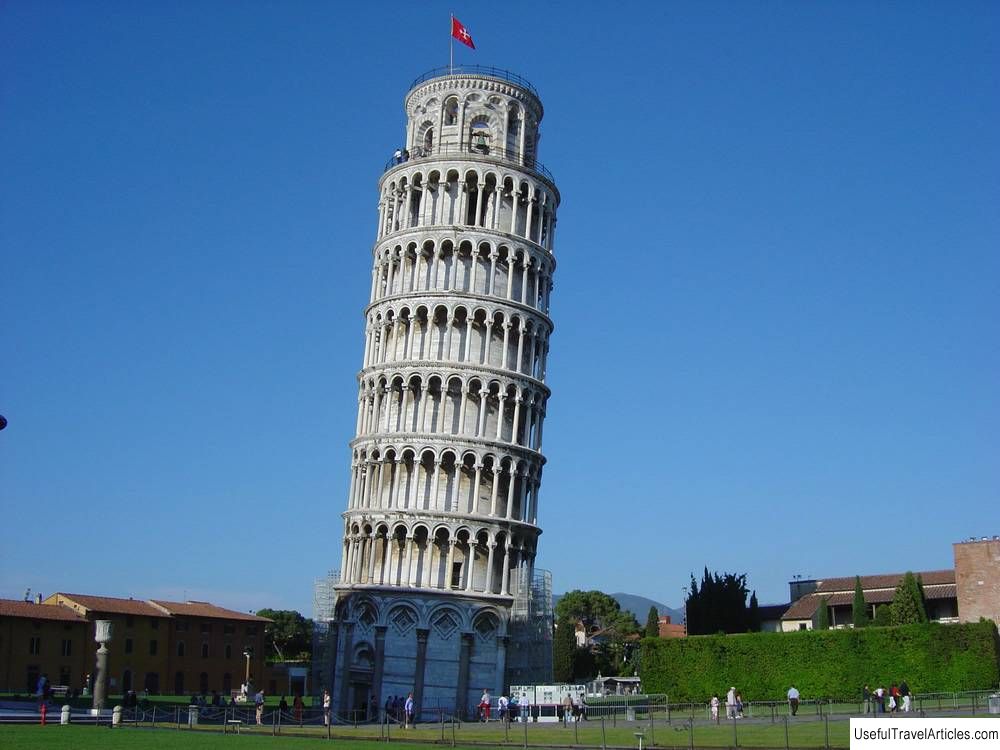Campo Santo Memorial Cemetery in Italy, Pisa Resort
Rating: 7,5/10 (100 votes)  Campo Santo is a historic building located in the Cathedral Square in Pisa. Translated from Italian 'campo santo' means `` sacred field. '' According to legend, the building was built on the ground from Mount Golgotha, which was brought here in the XII century by Archbishop Ubaldo de Lanfranca. Legend has it that bodies buried in the ground decompose in just 24 hours. The cemetery was built on the ruins of an ancient baptistery that was formerly part of the church of Santa Reparata, which stood on the site of the current Cathedral. The Campo Santo Building is the fourth and final building in Cathedral Square, on the site of a pre-existing cemetery. This huge elongated covered gallery was built in 1238 in the Gothic style. The author of the project was Giovanni di Simone. In 1248, the architect died without completing the construction, which was completed only in 1464. The building was originally conceived as the Church of the Holy Trinity, but during the construction the project was completely changed. The outer wall of the building consists of 43 arches. The right entrance was decorated with a Gothic ark and a statue of the Virgin Mary surrounded by four saints. Previously, this was the main entrance. Most of the graves are in the wall in vaulted niches, and only a small part on the central lawn. There are three chapels in the cemetery. The oldest of them, dated 1360, was named Ligo Ammannati, in honor of a teacher at the University of Pisa. Ligo's tomb is inside this chapel. The Aulla Chapel is famous for its altarpiece, created by Giovanni della Robbia in the 16th century. The Dal Pozzo Chapel was built in 1594 by order of Carlo Antonio Dal Pozzo. It was to this chapel that relics from the Cathedral were moved in 2009, such as a fragment of the Life-giving Cross, a small piece of the Virgin Mary's robe and a thorn from the Crown of Thorns. Previously, a large collection of Roman sarcophagi was located inside the cemetery , and in our time there are only 84 tombs, as well as Etruscan and Roman urns and sculptures. Even before the creation of Campo Santo, sarcophagi were located around the Cathedral, and then collected in the center of the meadow. In 1944, during the bombing of Pisa, a strong fire broke out in the cemetery, which was extinguished rather long ago, since all the reservoirs were under control. The fire destroyed the wooden beams of the building and melted the roof. Over time, the destruction of the roof led to the destruction of most of the sculptures, ancient frescoes and sarcophagi. The restoration work of Kakmpo Santo began immediately after the end of the Second World War. During the restoration work, the roof was completely restored and the surviving frescoes were restored.   
We also recommend reading La Piazzetta in Italy, Capri resort Topic: Campo Santo Memorial Cemetery in Italy, Pisa Resort. |




